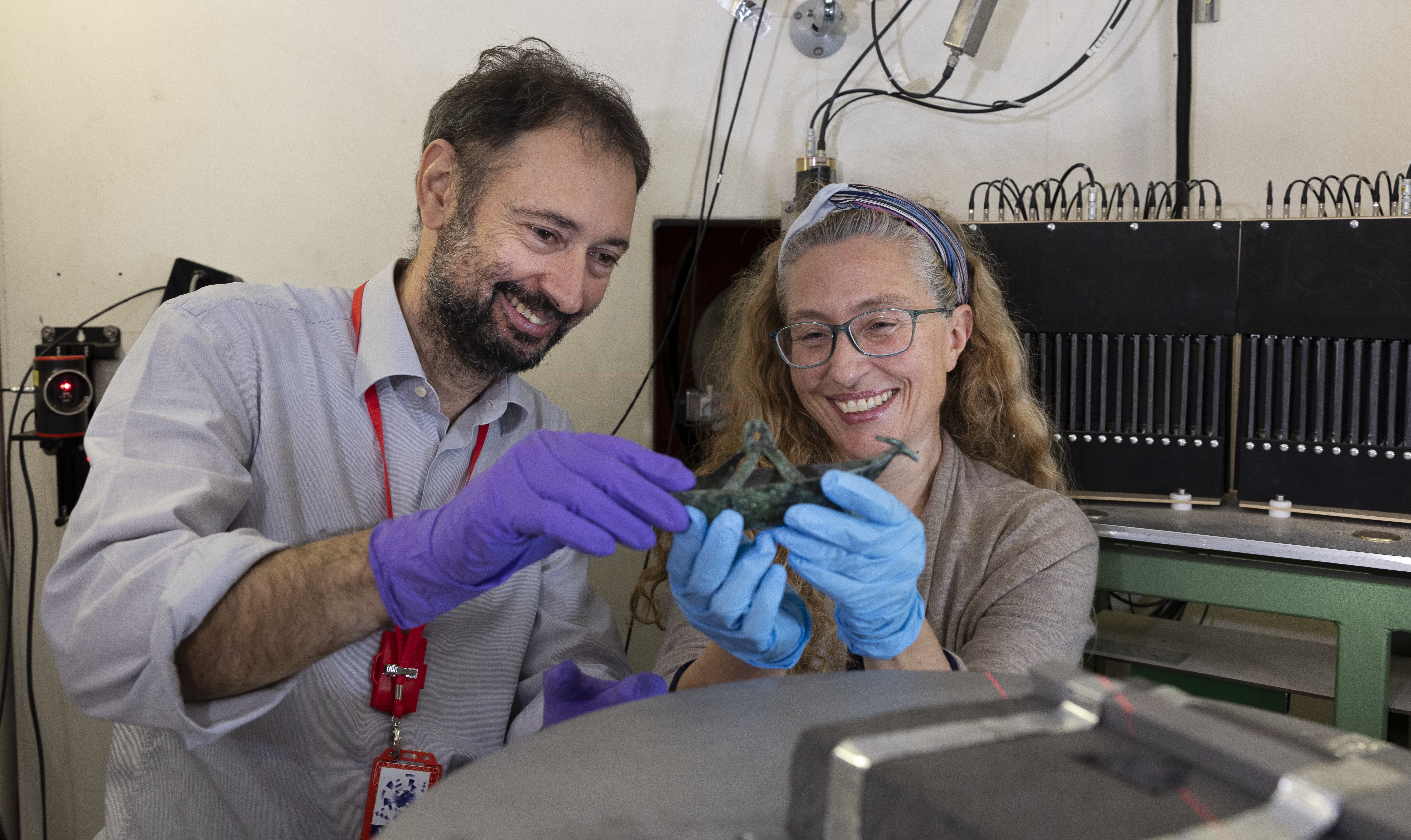Nuragic boats are a rare example of Sardinian craftsmanship. They are small sculptures, produced during the late Bronze Age and early Iron Age, that reproduce a boat, often with an animal protome. These boats are a typical artefact made in Sardinia, but they have been also discovered in central Italy. In particular, two of these were found in the tomb of an Etruscan prince who lived in Vetulonia (Tuscany). Both of them are from the National Archaeological Museum of Florence and others from and others from the Soprintendenza Archeologia, belle arti e paesaggio per le province di Sassari e Nuoro (Sardinia), the local department of the Italian Ministry of Culture, dealing with the safeguard of the cultural heritage.
The actual use of the Nuragic boats is unknown. It is generally believed that they could have been used as lamps or probably as votive objects related to religious beliefs. The models vary from simple to complex models and the main characteristics involve the head of an animal and a central bridge with a ring to potentially hold the object.
Quantitative analysis can help archaeologists in understanding the manufacturing and provenance of these artefacts. Professor Piernicola Oliva (University of Sassari) wished to investigate the morphological and microstructural features related to the casting and finishing procedures of a set of Nuragic boats. Neutron imaging, using IMAT, is the technique of choice for this analysis. In addition, neutron diffraction, using INES was also implemented.

Professor Piernicola Oliva and INES Instrument Scientist Antonella Scherillo examining the Nuragic boat model
from the National Archaeological Museum of Florence
“We are aiming to investigate the differences in the elemental composition of the hull and, as well as the manufacturing technique of these artefacts. The neutron tomography of these objects has been particularly useful to understand the junction between two different pieces. For example, we saw that in the connection between the figure's head and the hull, there are several holes which show that one was probably set into the other. There are two possibilities - one is casting and another is hammering."
Another examined artefact was a more intricate model with a warrior figure, with a helmet, shield, sword and dagger.
“The techniques used in the build would have involved soldering and other techniques," explained Antonella Scherillo, INES instrument scientist, assisting Prof. Oliva in his research. “To make something so complex, it would great to understand more about the composition. In analysis, the head revealed that it was very different from the rest of the boats from a manufacturing point of view. The imaging has revealed pins and wires that hold the models intact and make casting more likely, than hammering."
